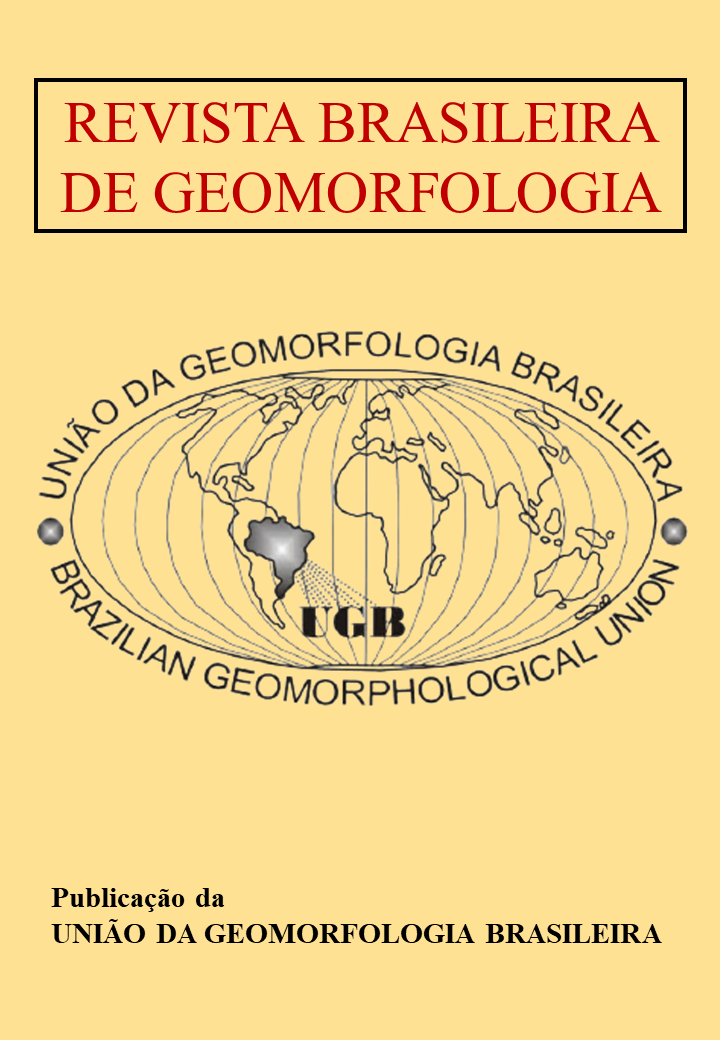Technologies applied to Geomorphology teaching – Virtual Reality and digital models
DOI:
https://doi.org/10.20502/rbg.v26i3.2639Keywords:
Geotechnologies, Geosciences education, Virtual Reality, 3D Models, Inclusive educationAbstract
The geomorphology teaching, which involves concepts about complex physical-natural processes, has traditionally adopted an approach based on methodologies of expository lessons aided by field excursions. However, the educational practices in modern society require the utilization of innovative technological resources subsidizing the learning process. Additionally, there is a growing demand for the inclusion of students with special educational needs (e.g. low vision and blinds) in different educational contexts. In view of this and considering the recent methodological advances in scientific research in Geomorphology with the use of geotechnologies, this work applied Virtual Reality and 3D digital and physical models’ resources in education, aiming at shortening the distances between theory and practice. Through photogrammetry and digital modeling using the Structure from Motion algorithm and gamification in Virtual reality, it is possible to simulate, in an immersive environment, a multissensorial and practical experience, reproducing the fieldwork virtually. This was carried out by the computational reproduction of real scenarios, such as caves, inselbergs, canyons, and coastal cliffs. The digital and physical 3D models of these landforms were thus used in teaching activities in basic education (Middle and High School), with the objective to promote an interactive and inclusive pedagogical practice, contemplating the National Digital Education Policy in Brazil.
Downloads
Downloads
Published
How to Cite
Issue
Section
License

This work is licensed under a Creative Commons Attribution-NonCommercial 4.0 International License.
Author (s) retain copyright and grant the journal right of first publication with the work simultaneously licensed under the Creative Commons Attribution License that allows sharing the work with recognition of its initial publication in this journal.








